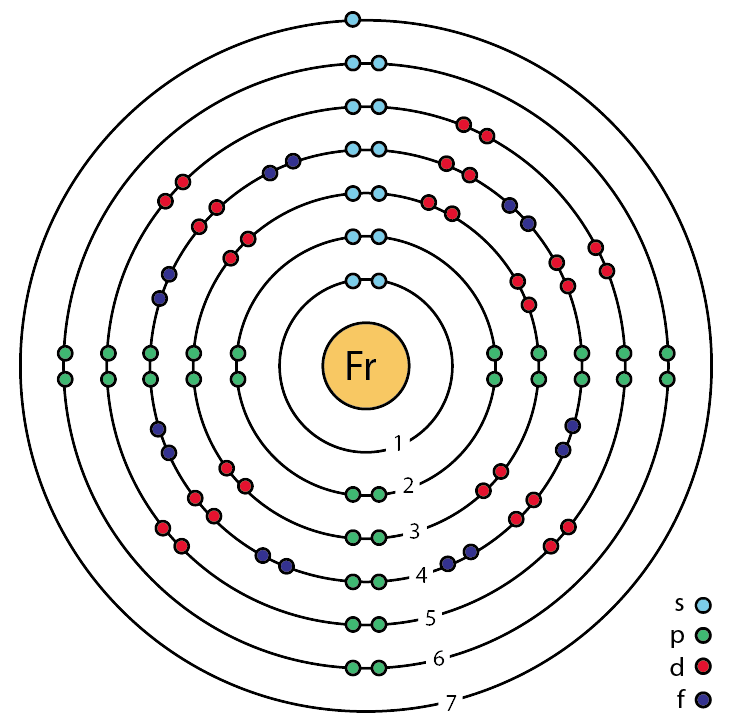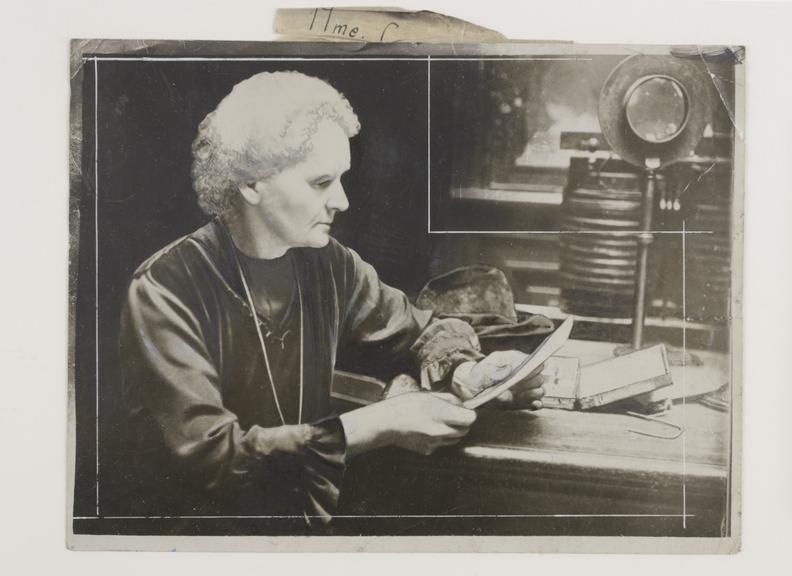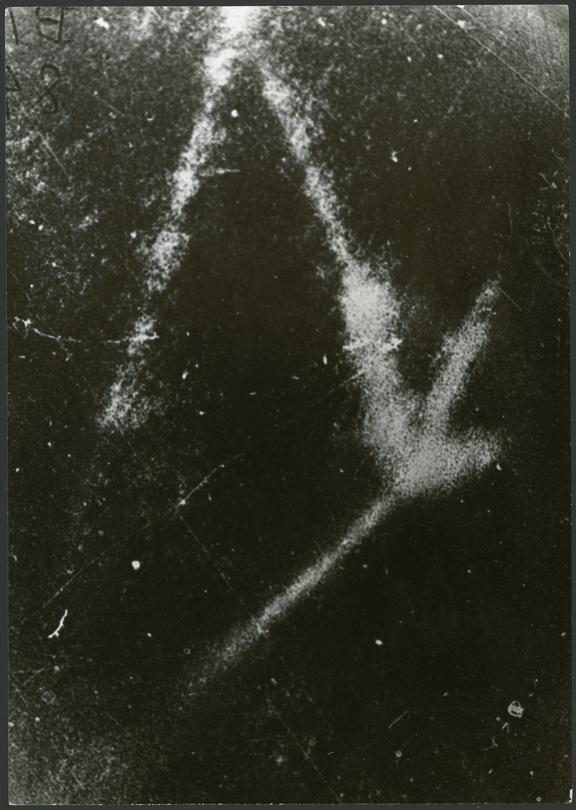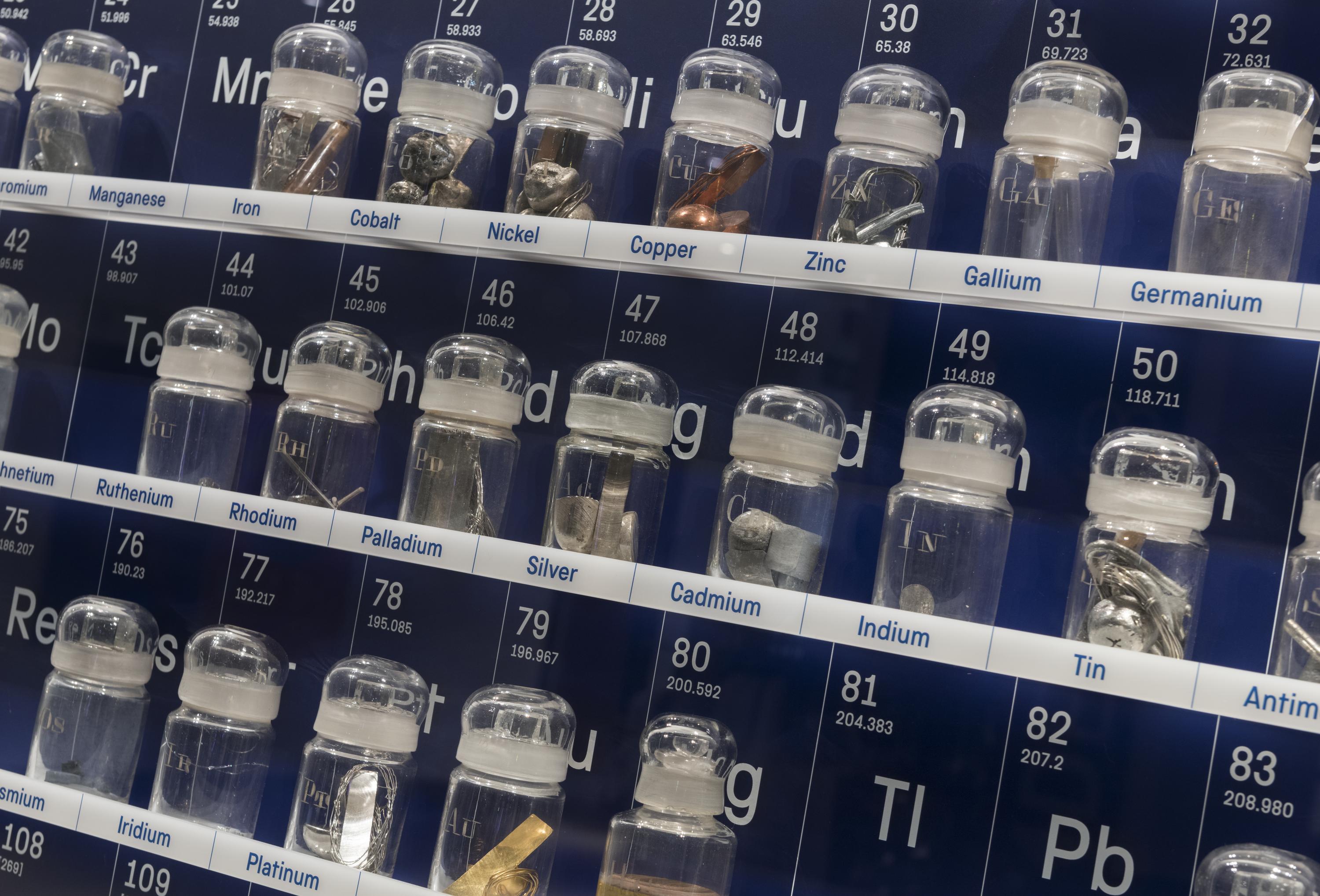During the pandemic, I have been enjoying these excellent videos made by Brady Haran and starring Professor Sir Martyn Poliakoff about the chemical elements.
Being on the lookout for additions to the museum’s Women in Science tour, I was amazed to learn how Marguerite Perey, then a humble assistant working for Marie Curie at the Radium Institute in Paris, discovered the element francium.

Perey’s role was to separate and purify radioactive elements, particularly actinium. Separating actinium was no easy task – naturally occurring uranium contains only a tiny proportion of actinium, about 0.2mg in one tonne (1,000,000 grams).

Image credit: Daily Herald Archive/Science Museum Group/SSPL/Mirrorpix
During her work Perey began to suspect that an anomaly in the radiation coming from actinium might be caused by a new element with a very short half-life (i.e. it decayed very rapidly).
She worked on the problem and on 7 January 1939 managed to establish that the anomaly was indeed caused by a new element with atomic number 87. She did this by quickly measuring the radioactivity of freshly purified actinium (atomic number 89), then again later. The initial activity was different, but soon became that normally seen from actinium.
Perey hypothesised that some of the actinium had, because of the emission of alpha particles, become an isotope (that is a version of a chemical element with a different number of neutrons in its nucleus) of element 87. The new element had a half-life measured in minutes and quickly decayed away.

Chemists knew that Mendeleev’s periodic table was missing the element at atomic number 87, which should be an alkali metal with chemical properties like caesium. Perey tested her hypothesis by precipitating caesium as the perchlorate in the presence of the new element.
Perey was right – the new element 87 co-precipitated with caesium, proving that it had very similar chemical properties. As the discoverer, Perey had the privilege of naming the new element. She called it francium, after her native France.
Discovering a new element was a major scientific achievement worthy of a doctorate at least, but because Marguerite was only a laboratory assistant with no university degree, she could not be awarded one. Even the paper describing her discovery had to be presented by someone else.
Fortunately, her excellence was recognised. She obtained a doctorate from the Sorbonne, became a professor at the University of Strasbourg and was the first woman to be elected to the Académie des Sciences of the Institut de France.
For all our talk of francium, it’s worth remembering there’s only a tiny amount of it on Earth. It’s estimated only a small number of grams exist in Earth’s crust at any one time. With such a short half-life, it is no surprise francium was the last naturally-occurring element to be discovered.
Discover more stories in our collection of how experimentation and innovation in chemistry affects the world around us, from ordering the elements to inventing wonder materials and detecting dangerous pollution.
